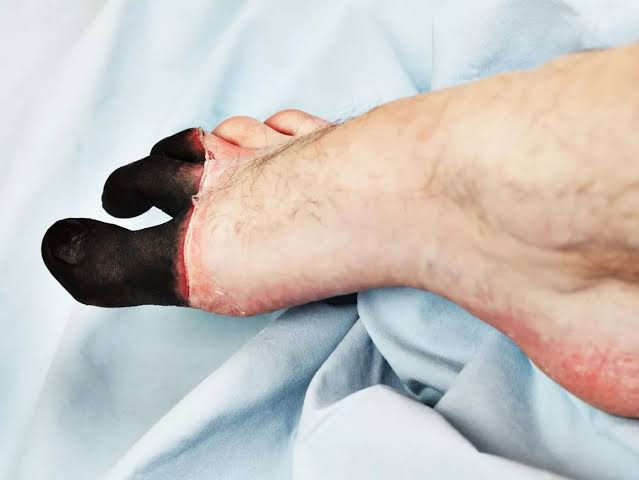Exercise at Cold Environment
In physiological aspect, the body trying produce more heat and prevent heat loss during exercising at cold environment.
Physiological response
- Temperature Gradient:
Exercising in cold (5°) environment has greater temperature gradient than during thermoneutral (20°) environment.
↓ Temperature = ↑ Temperature gradient - Vasoconstriction:
To prevent excessive heat loss and loss of core temperature (hypothermia), body will vasoconstrict cutaneous blood vessels.
- Reduction in free fatty acids:
Vasoconstriction causes reduction in circulating free fatty acids. This leads to working mucles rely on glycogen for energy source.
- Earlier fatigue:
loss of heat from muscles leads to altered muscle pattern and reduced neural conduction. This leads to earlier onset of fatigue.
Cold injury
1. Death
|
Below 24° of body temp
|
Loss of thermoregulatory function of hypothalamus
|
Death
2. Cardiac failure
|
Decreased HR
|
Reduced coronary circulation
|
Cardiac arrithmias
|
cardiac arrest
3. Frostbite

Commonly occur in feet, hands, ears, lips and nose.
|
Vasoconstriction and increased blood viscosity
|
Thrombosis
|
Reduced blood supply to the tissue (i.e. feet)
|
Reduced delivery of heat
|
cold crystal formation
|
Frostbite
Preventive measures
Dress warmlyReduce the exposure of skin to cold environment can prevent cold injuries.
AcclimatizationGet adopt to cold environment before competing. (i.e. Train in cold environment during off session).
- Osilla EV, Marsidi JL, Sharma S., physiology , temperature regulation (2020).
- Basit H, Wallen TJ, Dudley C., Frostbite (2021).
- K. Birch, D. McLaren & K. George., Sports and Exercise Physiology.
| Name | : | Deva senathipathi |
| Qualifications | : | Physiotherapist |





